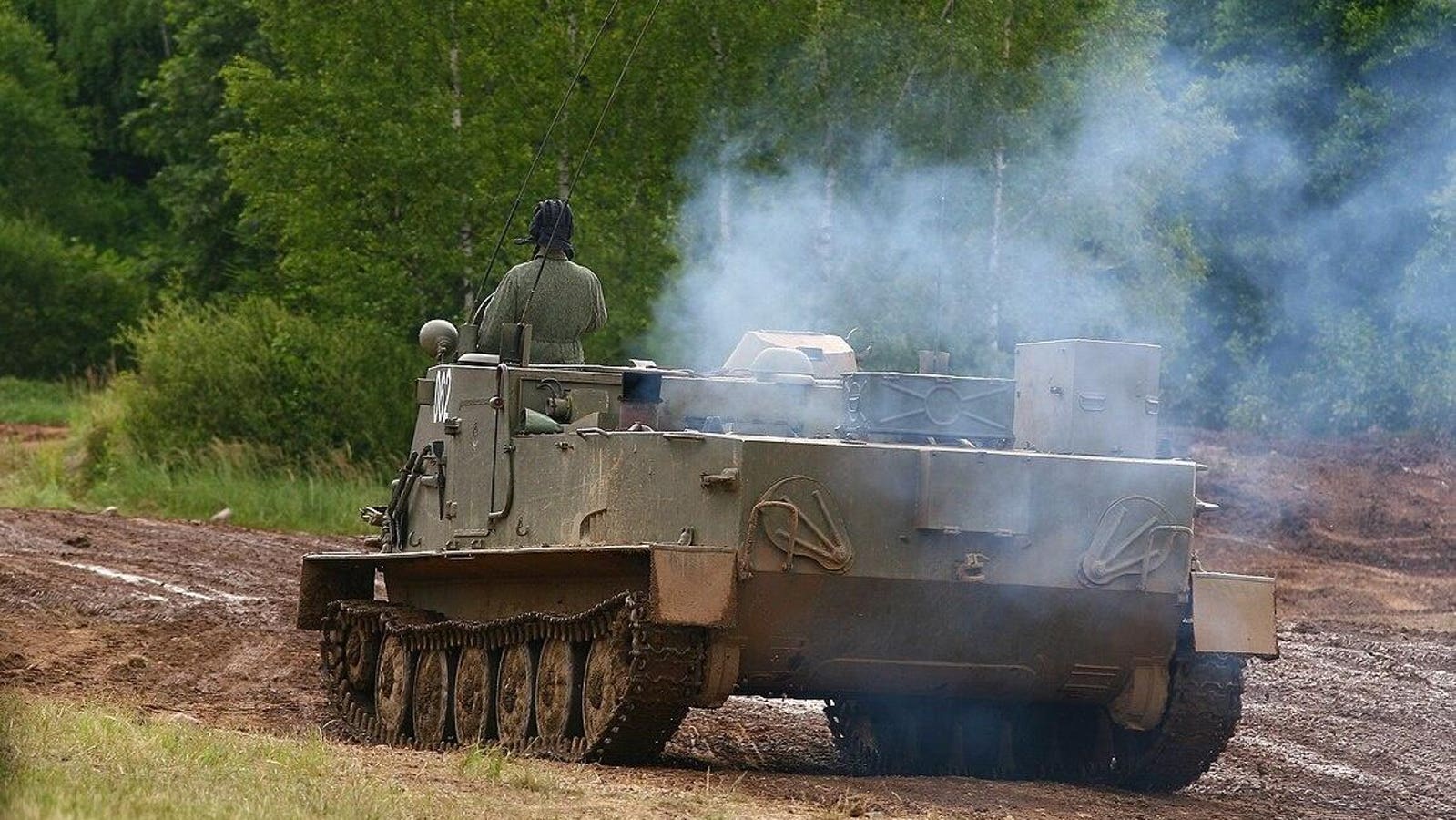
The BTR-50 is a Soviet-era armored personnel carrier (APC) that has seen extensive use since its introduction in the 1950s. Designed to transport infantry across rough terrains and through water, this versatile vehicle has been a staple in many military forces worldwide. But what makes the BTR-50 so special? Its unique combination of amphibious capabilities, robust armor, and adaptability to various combat scenarios sets it apart. Over the years, it has undergone numerous modifications, enhancing its performance and extending its service life. Whether you're a military enthusiast or just curious about historical military vehicles, the BTR-50 offers a fascinating glimpse into mid-20th-century engineering and warfare. Let's dive into 25 intriguing facts about this iconic APC that highlight its significance and enduring legacy.
The Origins of the BTR-50
The BTR-50 is a Soviet amphibious armored personnel carrier (APC) that has seen extensive use since its introduction. Let's dive into some fascinating facts about this iconic vehicle.
- The BTR-50 was first introduced in 1954, making it one of the earliest APCs developed by the Soviet Union.
- It was based on the PT-76 light amphibious tank chassis, sharing many of its components and design features.
- The vehicle was designed to transport infantry across rivers and lakes, providing both mobility and protection.
- The BTR-50 could carry up to 20 fully equipped soldiers, making it a valuable asset for troop transport.
- Its full name is Bronetransporter-50, which translates to "armored transporter" in English.
Design and Features
The BTR-50 boasts several unique design elements that set it apart from other APCs of its time. Here are some key features.
- The vehicle is equipped with a fully enclosed, armored hull to protect its occupants from small arms fire and shrapnel.
- It has a flat-bottomed hull, which aids in its amphibious capabilities by allowing it to float and move through water.
- The BTR-50 is powered by a V-6 diesel engine, providing it with a top speed of 45 km/h on land and 10 km/h in water.
- It features a torsion bar suspension system, which helps to smooth out the ride over rough terrain.
- The vehicle's armament typically includes a 7.62mm SGMB machine gun, mounted on a pintle for use by the commander.
Operational History
The BTR-50 has seen action in numerous conflicts around the world. Here are some notable instances of its deployment.
- The BTR-50 was widely used by Soviet and Warsaw Pact forces during the Cold War.
- It saw extensive service in the Middle East, particularly during the Six-Day War and the Yom Kippur War.
- The vehicle was also used by North Vietnamese forces during the Vietnam War, providing crucial support in amphibious operations.
- In the 1980s, the BTR-50 was employed by Soviet forces during the invasion of Afghanistan.
- Many countries, including Egypt, Syria, and India, have used the BTR-50 in their armed forces.
Variants and Modifications
Over the years, several variants and modifications of the BTR-50 have been developed to suit different roles and requirements. Here are some of the most notable ones.
- The BTR-50PK is an improved version with a fully enclosed troop compartment and additional armor protection.
- The BTR-50PU is a command vehicle variant, equipped with extra radios and communication equipment.
- The BTR-50PUM is a modernized version of the command vehicle, featuring updated electronics and navigation systems.
- The BTR-50PB is an armored recovery vehicle, designed to tow and repair damaged vehicles on the battlefield.
- The OT-62 TOPAS is a Czechoslovakian and Polish variant of the BTR-50, featuring a different turret and armament.
Legacy and Influence
The BTR-50 has left a lasting impact on the development of armored personnel carriers and military vehicles in general. Here are some ways it has influenced modern designs.
- The BTR-50's amphibious capabilities have inspired the development of other amphibious APCs, such as the BTR-60 and BTR-80.
- Its use of a tank chassis for an APC design has been emulated by other countries, leading to the creation of similar vehicles like the American M113.
- The BTR-50's ability to carry a large number of troops has set a standard for future APC designs, emphasizing the importance of troop capacity.
- Many of the BTR-50's design features, such as its torsion bar suspension and diesel engine, have been incorporated into later Soviet and Russian vehicles.
- Despite its age, the BTR-50 remains in service with several countries, a testament to its enduring utility and robust design.
The BTR-50's Legacy
The BTR-50 stands as a testament to military engineering and innovation. Introduced in the 1950s, this armored personnel carrier has seen action in numerous conflicts, proving its durability and versatility. Its amphibious capabilities and robust design made it a favorite among many armies worldwide. Despite newer models emerging, the BTR-50's impact on military tactics and vehicle design remains significant.
Understanding the BTR-50's history offers insights into Cold War-era military strategies and the evolution of armored vehicles. This vehicle not only transported troops but also shaped battlefield dynamics. Its legacy continues to influence modern military vehicles and strategies.
Whether you're a military enthusiast or just curious about historical vehicles, the BTR-50's story is a fascinating chapter in the annals of military history. Its contributions to defense technology are undeniable, marking it as a true icon.
Was this page helpful?
Our commitment to delivering trustworthy and engaging content is at the heart of what we do. Each fact on our site is contributed by real users like you, bringing a wealth of diverse insights and information. To ensure the highest standards of accuracy and reliability, our dedicated editors meticulously review each submission. This process guarantees that the facts we share are not only fascinating but also credible. Trust in our commitment to quality and authenticity as you explore and learn with us.
